101 Quick Wins to Reduce Your Electricity Bill
Nowadays, it’s more of a win-win than ever to save on energy and cut the rising costs of those dreaded power bills. These day-to-day changes you make to the way you use your energy won’t just make a positive difference to your next bill though; it also impacts on your carbon footprint significantly.
In a world where people are becoming more green-conscious and looking for effective ways to cut the household costs, it’s never been so easy to do your part. Here are 101 great tips you can implement in your home – starting from today!
Cooling
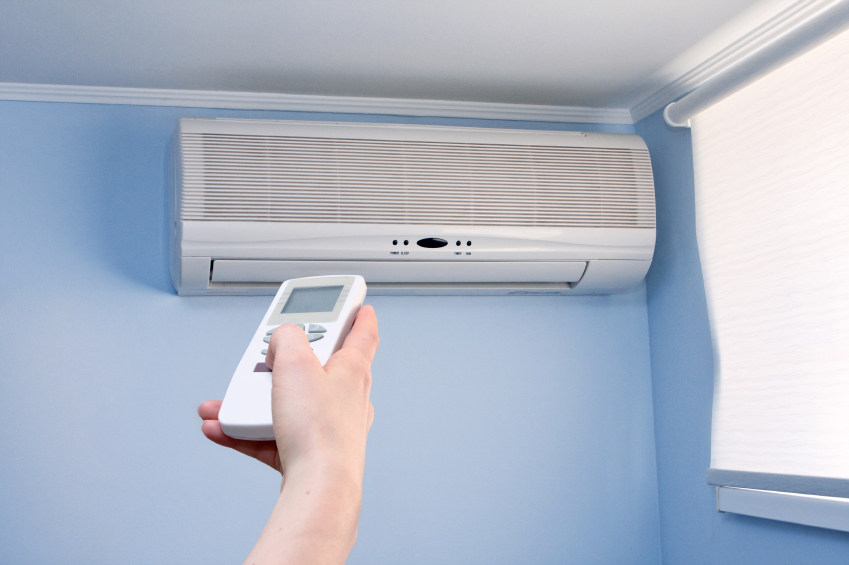
- Set your air conditioning to 24 degrees Celsius. This temperature is so much ‘cooler’ than 18 degrees, every degree cooler increases your energy costs by around 10-15%.
- For effective insulation in summer, use in conjunction with adequate window shading. Consider patio and veranda area and fixed shade treatments. Where possible, use blockout blinds or curtains inside or keep shades drawn during the day.
- Regularly clean cooling appliances, filters and fans should be free of dust particles to work efficiently.
- Fans are relatively inexpensive to run and can reduce the need to switch on high energy consuming appliances like the air conditioning. Whilst they don’t lower the room temperature, they do keep your skin cool when you’re in the room.
- Place a portable fan away from your air conditioning unit to help move cooler air to other areas of the house. This will make sure your air conditioning unit doesn’t have to work as hard.
- Placing portable fans away from windows when the sea breeze comes in can also assist in moving the fresh, cooler air around your home.
Heating
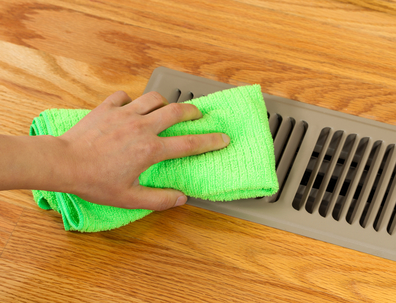
- In the cooler months, zone your home by closing windows and doors to the areas being heated and keep curtains and blinds shut to assist in keeping the heat inside.
- Consider the size of you heater for the room you want to warm up. Don’t expect a small sized heater to heat a large room - it’s unlikely to reach a comfortable temperature so you’ll be paying for the running costs without much satisfaction. On the flip side, avoid using a large heater when you only have a small room to heat.
- Maintain your heater by keeping it relatively dust free and service when required.
- If you have a gas outlet, opt for a gas heater over an electric one. They are cheaper to run and tend to heat the area up better.
- Be aware that with gas heating if the unit isn’t working properly or pollutants aren’t being removed, it won’t just affect your bills but your health too. Regular servicing will ensure gas burns properly and safely.
- Set your heating system temperature as low as possible. Like with the air conditioning, each 1 degree can make a huge difference to your power bills. 18 degrees can still be comfortable when you’re rugged up as well.
- Draughts will have a significant impact on your heating so check unused chimneys and switch range hoods off in the kitchen and exhaust fans in the bathroom or laundry.
- Dress for the weather. The best way to keep warm in your home whilst keeping the power bill down is by rugging up and adding warm layers.
Lighting
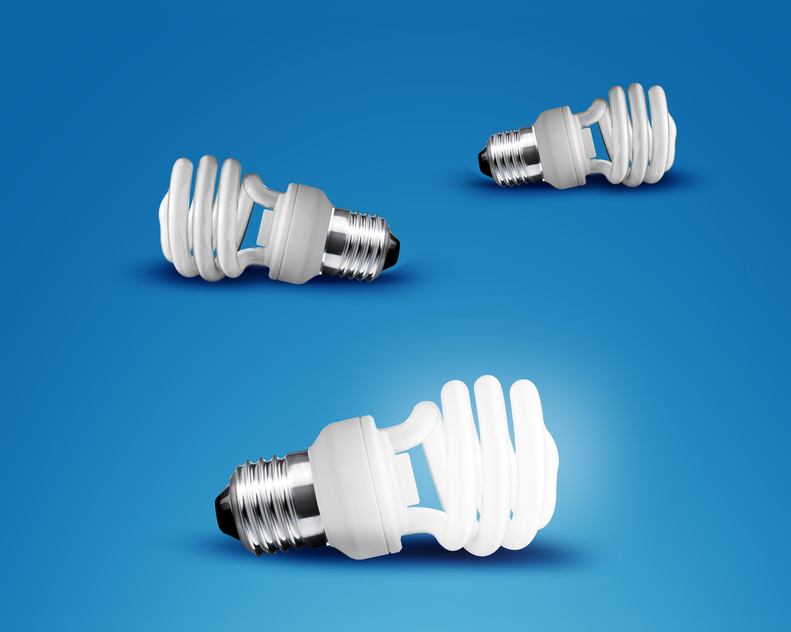
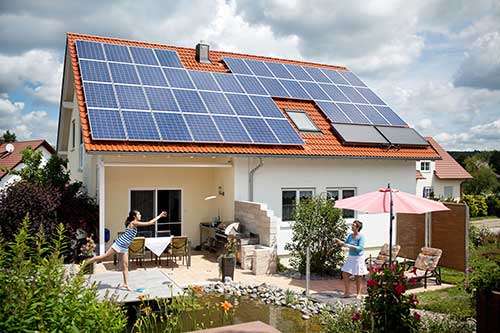
- Replace light bulbs throughout the house to energy efficient lighting. Although the initial cost may be higher, replacing incandescent globes with compact fluorescent globes will give you substantial energy savings and approximately 75% longer life.
- When you leave the room, turn the lights off.
- Choose lampshades with light colours so the light isn’t absorbed.
- Take advantage of natural light. Instead of using power open curtains and blinds to let the sunlight in if it’s not too hot.
- Reduce wattage. Areas that don’t need bright lighting, such as hallways, can use low wattage globes.
- Use task lighting instead of lighting up a whole room.
Power
- Instead of leaving appliances on standby power, switch them off when they are not in use. Even if the appliance is not performing its primary function, having it on standby still consumes energy. For example, your phone charger will still be using energy even if your phone isn’t plugged in. Up to 10% of electricity used throughout the home is on appliances and gadgets that are on standby power.
- Plug computers, laptops, printers and scanners into a power strip – this way, when you are away from the computer for more than a few hours you can switch all devices off from the main strip.
- If you run a home office, shop for energy star home electronics. These can include the cordless phone, laptop, printer, scanner and combination units.
- Have a solar power system installed on your roof, it will continue to generate free electricity from the sun year after year, giving you the peace of mind that you’re doing what you can to keep your bills as low as possible while still enjoying the benefits of all the gadgets that electricity powers.
Reach for the Stars
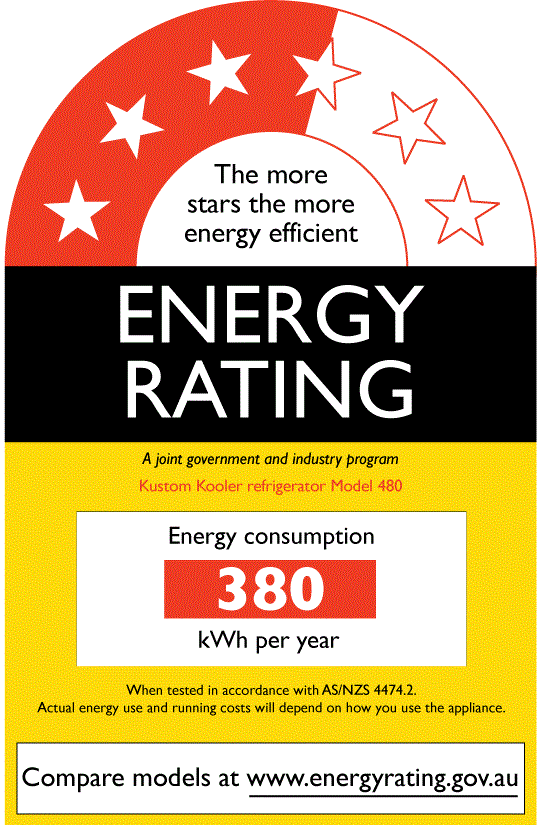
- Look at buying energy efficient appliances by reaching for the stars. The more stars an appliance has on the energy rating label, the more money you will save on your power bills. Energy star appliances use between 10 and 50 percent less energy and water than regular counterparts. They may cost more up front, but the additional costs will be made up through significant energy savings. Next time you need to replace your fridge, washing machine or other appliances, reach for the stars.
In the Kitchen
- Small is efficient. Smaller appliances like pressure cookers, mini ovens, microwaves and electric frypans will use only half the energy of an oven so when you do not need it, don’t use it.
- Check the seals in your oven and ensure it’s in good condition. This way, you won’t be losing any heat when you’re cooking that roast.
- Maximise cooking efficiency and save cooking time by keeping lids on pots and using the right size pot or pan for the element.
- Only open the oven door when necessary. Every time the door is open and closed, heat is lost and energy is wasted. If you oven has a glass door, this will make life much easier as you can monitor your food whilst saving in the power bill.
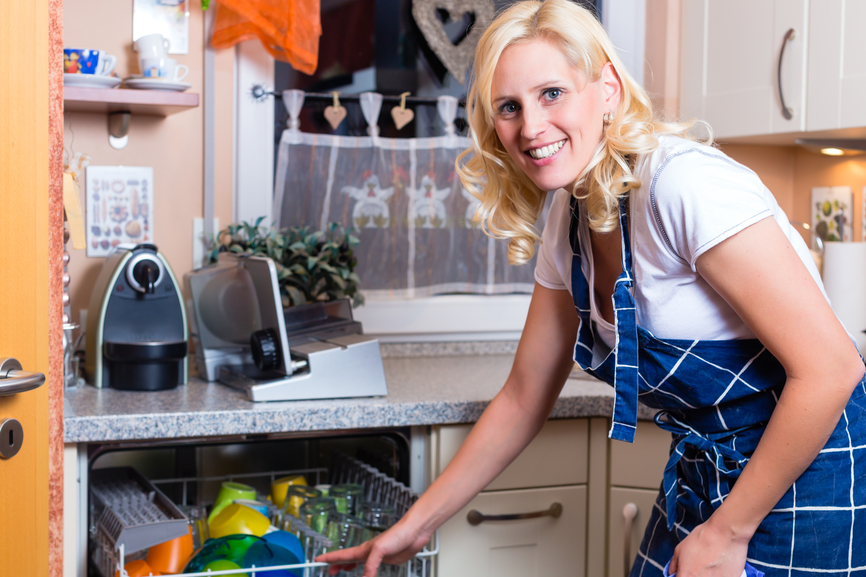
- If you have a dishwasher, run it only when it’s full and select the lowest water temperature on the shortest cycle. Check the filer to ensure it’s clean and remove large food particles for efficient use.
- Rinsing dishes before you put them in the dishwashing will stop it clogging up and not working properly.
- Most dishwashers will have an economy cycle – use this setting where possible.
- If the operating system on you dishwasher allows, turn it off before the drying cycle. Opening the door and letting the dishes dry naturally will save on both water and power. It will also keep your kitchen warmer during the colder months!
- Gas is cheaper to run and much better for environment, so if you have the choice – choose gas over an electric stove.
- Instead of boiling food on the stove furiously, simmer on a low heat.
- An oven range-hood that is grease and residue free will work more efficiently.
- Clean the drip pans under the elements of your stone regularly to ensure maximum heat circulation.
- If kitchen space and layout permits, keep the refrigerator and freezer in a cool location away from direct sunlight and the oven and stove.
- If you have a bar fridge or more than one refrigerator, switch of the additional one when it’s not needed. Old bar fridges may seem convenient, but an old inefficient fridge can use up to three times the amount of energy of a new one.
- Keeping the refrigerator clean and well ventilated will help shed excess heat. Both your fridge and freezer needs to have space at the top, back and sides. Keep it free of dust and ensure the seals are in proper working order.
- Size your refrigerator to suit you household’s needs. Fridges are most efficient when they are full, but not overloaded.
- Defrost your freezer every six months to ensure the flow of air isn’t restricted.
- When using the kettle, only fill it up with as much water as you need. Less water to heat means power savings.
- Foods should be thawed out completely before cooking to cut down heating time.
- Paper is an insulator; replace any paper wrappers in your freezer and fridge with gladwrap or aluminium foil.
- The way your freezer is packed can make a difference to how well it works. Don’t crowd food items as too many things will obstruct air circulation.
In the Living Room
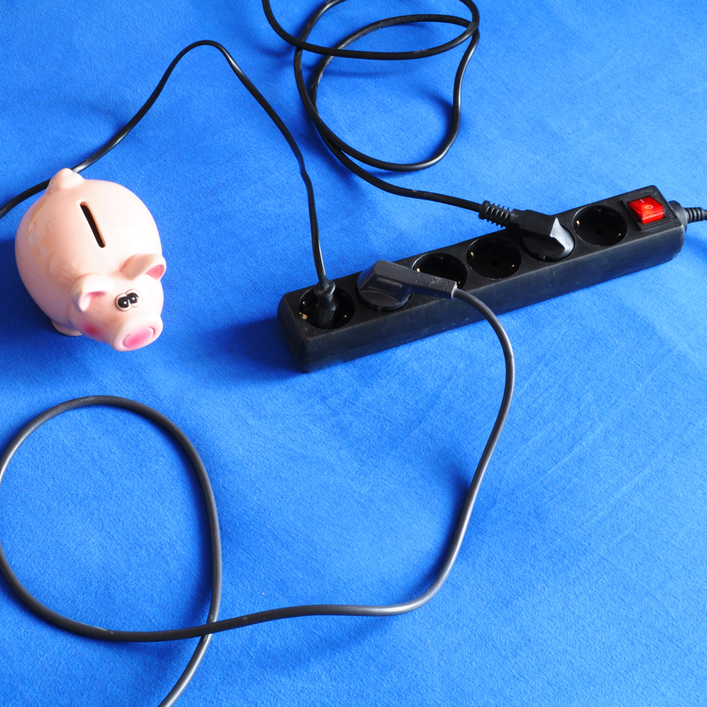
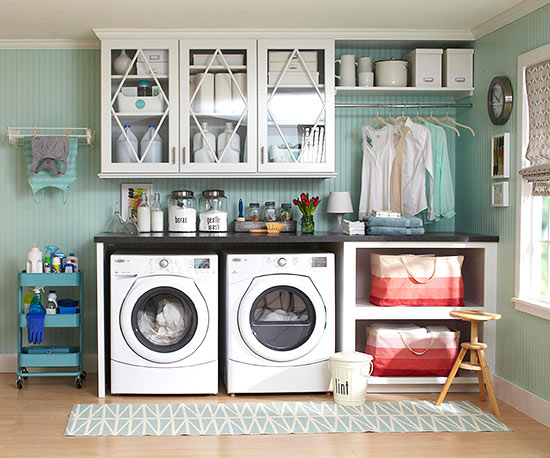
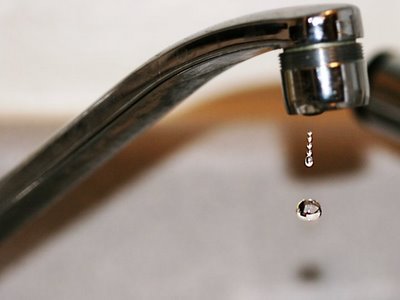
- Before purchasing that flash TV you love the look off, consider the energy consumption of a large plasma TV compared to a smaller LCD TV.
- Keep your sound system / entertainment unit and TV turned off at the wall when not in use.
- Enjoy some fresh air with the kids. Switching the TV off and taking a walk to the local park isn’t just good for your health, but it will impact on you power bills if you make the effort to do it every week.
In the Laundry
- Switch the top loader for an energy efficient front loader. Front loading washing machines can use up to 50% less energy and 40% less water than top loaders of the same capacity.
- If your old washing machine looks like it has seen better days, it’s best to replace it now. Whilst forking out the money for a new one may not be ideal right now, old washing machines tend to be less energy and water efficient than newer ones. It will save you money down the track.
- Wash in cold water. Your clothes and linen will still come out clean and you’ll save about $30 a year on your power bill.
- Run the dryer only when you need to and with full loads (be sure not to overfill it though).
- Remove and clean the lint filter after each load of clothes you dry. This is also for safety considerations too.
- Avoid washing more loads than needed. Whether you’re washing a handful of clothes or a house-full the washing machine will still use the same amount of energy.
In the Bathroom
- Time your showers – the shorter the better. To regulate the shower temperature, turn hot down rather than add cold.
- Cut down on baths and replace with a short shower. A three minute shower instead of a bath can save up to $20 per person a year.
- If you love your long hot showers, considering switching to a solar boosted hot water system. Providing the day is sunny, this can save your household up to 90% of your hot water costs.
- Replace the old showerhead with a newer low flow one. This will ensure you use less hot water and save energy and money every time you shower.
- Shower with the window open ajar to avoid moisture forming. Dry air is easier to heat.
- Fix leaking and dripping taps as soon as possible.
- Is the heated towel rack really necessary? This can cost you up to $160 a year to run.
- When you’re brushing your teeth, shaving or using the hand basin, swap the hot water for cold and use the bathroom plug.
- If you’re buying an exhaust fan for the kitchen or bathroom, purchase one with automatic shutter doors to help prevent heat loss.
Work on Your Windows

- Make sure your window frames are PVC, timber or thermally insulated aluminium because conduction of heat through the window frame significantly affects the window performance.
- Double glazing can help to reduce conducted heat gains and losses through windows by 40-60%.
- Windows and doors should be sealed (see outdoors section).
- Ensure you have chosen the right blind and curtain materials for each space. Rooms that are prone to being cold may require thicker curtains, and main living areas where you can take advantage of the natural light will work best with adjustable blinds. This way, you will have more control over the amount of sunlight that enters the room. Thin curtains reduce heat loss by about 8%, thick curtains keep 15% more heat in and thick curtains with pelmets keep about 37% of the heat in.
- Install pelmets on the top of your windows in high-traffic areas. They sit on top of the windows and prevent cold air from getting in.
- For windows in the eastern and western rooms, consider shade cloths on the outside of these or outdoor blinds to stop the sun coming in throughout the warmer months.
Outdoors
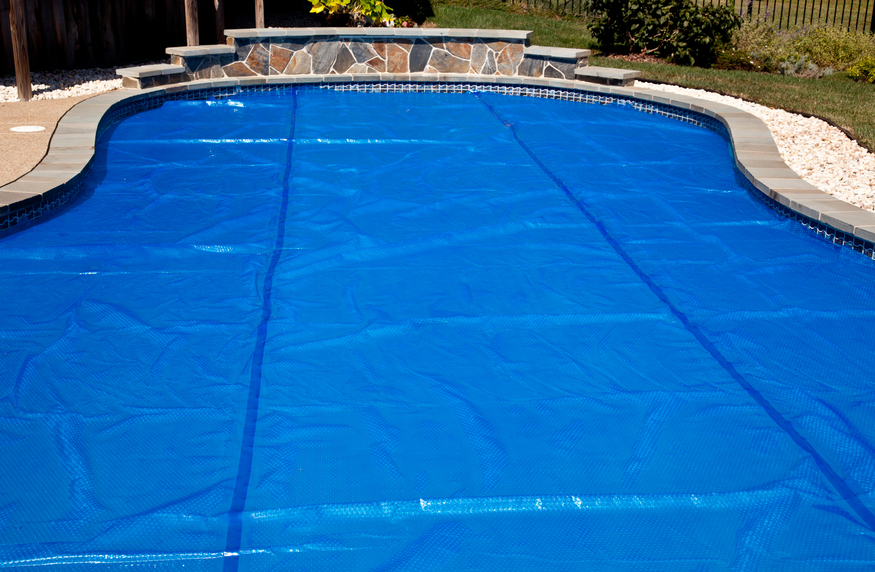
- Your home’s ceiling is the most important part to insulate. If you have insulation installed, make sure it’s checked regularly. If you’re considering purchasing roof insulation, make sure it’s installed by a professional and has the right rating (this will be measured in R-Value). This rating changes from state to state so check with the roof insulation company if you are unsure.
- Hang your laundry outside as much as possible to dry. If it’s raining, consider an indoor line under cover.
- Plant trees around your home to help provide shade and shrubs about .3 metres away from you home’s wall will act as insulating layer keeping your home warmer in winter and cooler in summer.
- Seal under doors and windows and locate any cracks where heat can be escaping from. Door snakes can be perfect for this.
- Use solar power lighting for your garden, patio and outdoor area.
- For other outdoor lighting solutions, use timers and sensors to light outdoor areas. This will ensure lights aren’t being left on for long periods of time.
- Install a solar system on your roof. You’ll be saving on your electricity bill from day one. This translates into a return on your initial investment of 15 -30% a year for many years to come and your solar energy system will pay for itself in around 3-6 years, depending on the system size.
- If you have a BBQ and the weather is right, cooking outdoors on gas will help save money in the kitchen.
- For homes with a pool, check with your pool manufacturer about a timer to reduce pump run time.
- Install energy efficient pumps for your pool and keep it clean so the pump doesn’t have to work too hard.
- The temperature of the pool should be below 27 degrees to help reduce the impact on your power bills.
- Switch to solar heating for your spa or pool.
- Invest in a pool or spa cover to help trap the heat in. You can save up to 90% on energy in summer too by using a cover.
- Solar pool covers are perfect for swimming pools that need heating whilst saving on your power bill. They absorb the sun’s heat to warm the water and will help to reduce evaporation.
- Create a compost bin in your garden to reduce your household’s greenhouse gas emissions. Food and garden waste contribute to the greenhouse gases when they break down in landfill due to the lack of fresh air. When they break down naturally through compost, it reverses this process positively. For every kilogram of waste you compost, you save approximately 1 kilo of greenhouse gas.
Other Power-Saving Tips for Your Home

- Monitor your power usage yourself. If you can’t measure it, it makes it hard to manage it. Wireless energy monitors can be available to help you with this.
- In winter, keep electric blankets switched off and put on half an hour before you go to bed. Once you’re in bed, switch it back off.
- Better yet – opt for a warmer blanket or extra layers instead of plugging the electric one in.
- A hot water bottle combined with extra blankets instead of plugging the electric one in can also be effective in providing adequate warmth without the sting to your power bill.
- If you have hot water heat, make sure you check all the hot water pipes to ensure they are insulated. This can save a lot of money.
- Heat traps installed on the inlet and outlet water pipes can also help to prevent heat loss. Many newer models will have these built in.
- Some water heaters are delivered with the temperature set much higher than needed. Check what yours is set at and adjust to a lower temperature to save more than 3% on you water heating costs.
- If you go on holiday, ensure you have everything switched off at the wall including all appliances. It’s best to keep curtains and blinds drawn so your home is at a regulated temperature when you return.
- Before you go on holiday, turn your hot water cylinder off. There is no point in heating water when you’re not there to enjoy it!
- Generate electricity via your own solar system, you’ll draw less electricity from the grid. Installing a system is the single most effective step you can take towards reducing your power bill.
- Beat the peak! Between 4pm and 8pm do your part at home and help beat the peak by using major appliances (dishwasher, washing machines or dryer) outside of these hours.
- Block unused fireplaces to help insulate the house.

What’s YOUR Plan of Attack?
- Make a plan: The best way to monitor your power usage and make a difference is by a plan of attack. Look at your recent bills and how many kilowatts that have been consumed. What goal can you make for your next bill?
- Watch and be aware of your intake: Knowing the power guzzlers in your home will help to eliminate what can be cut down, replaced or fixed.
- Change your behaviour: Once you get into the habit of switching appliances off at the wall, the difference in your power bill will be significant. Get into a routine and get active.
- Purchase the right gear and the right amount: Do you really need that third television that gets used once a month? Or the bar fridge when you can get an Esky? Next time you need to replace white goods or appliances, follow our reach for the stars advice.
If you'd like to chat to the Infinite Energy team about whether solar panels can reduce your electricity bill, please call 1300 074 669 or email your enquiry here.


